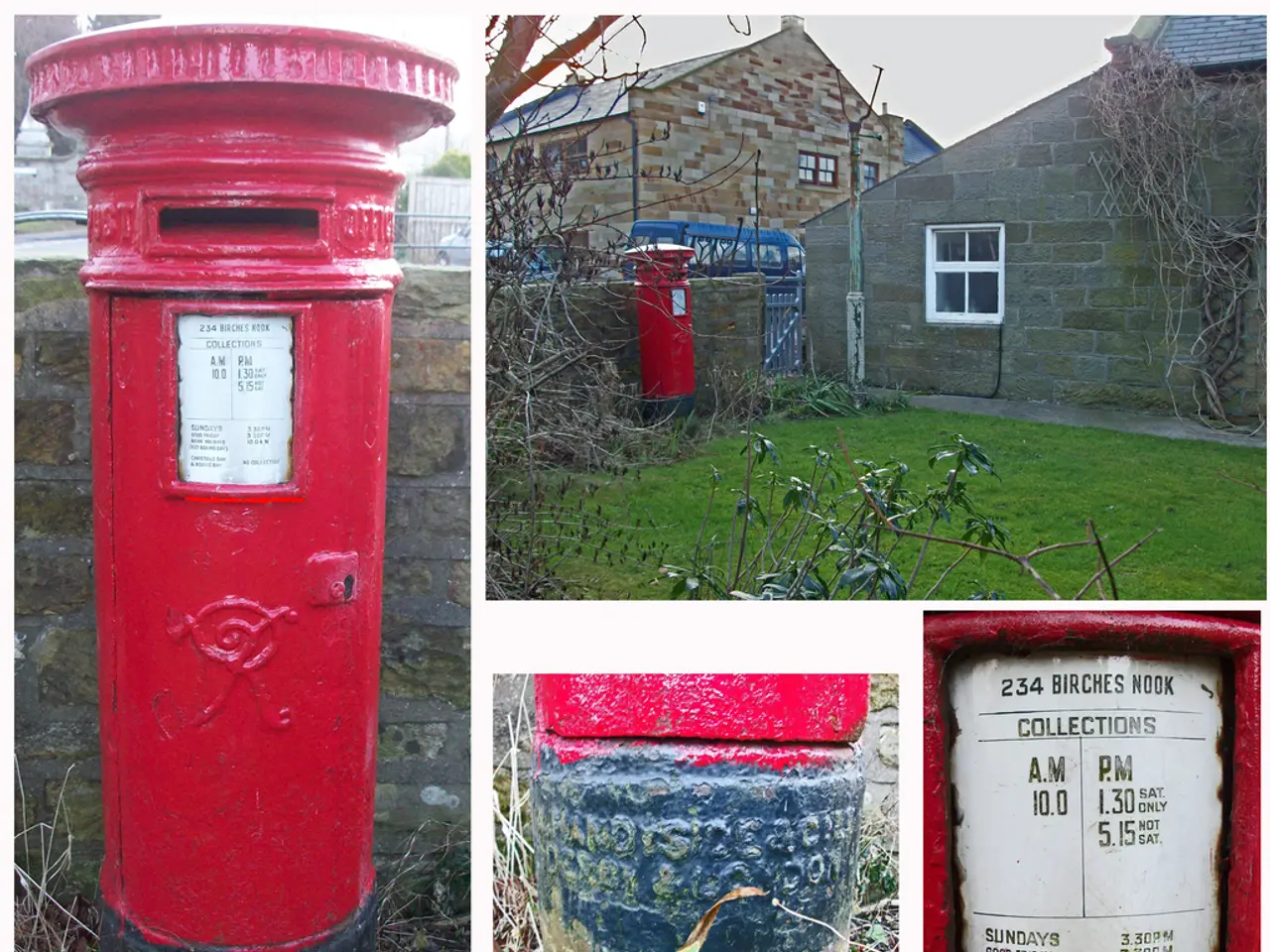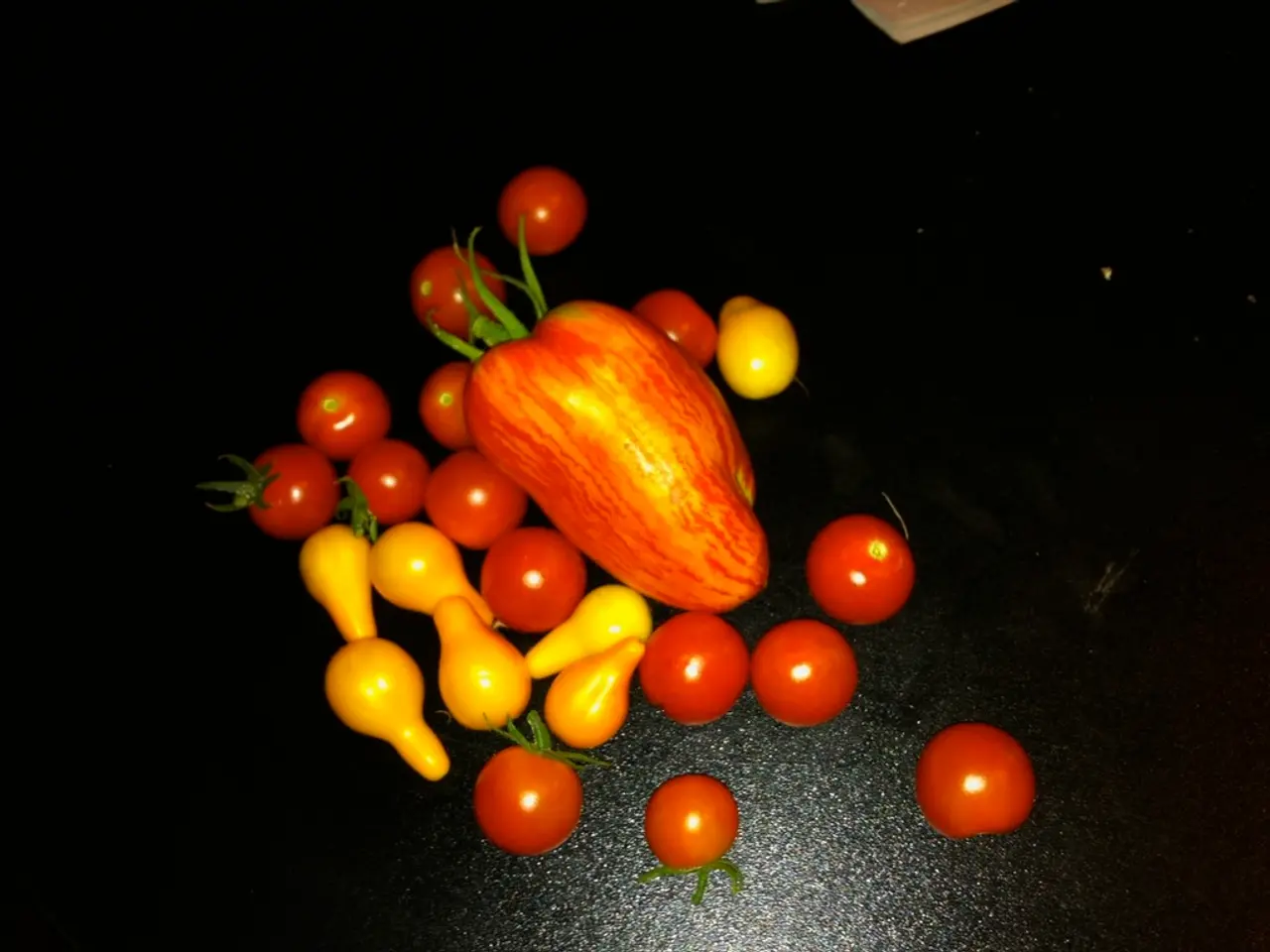Guide on Terrarium Substrate: DIY Solutions and Top Soil Combinations
In the realm of terrarium gardening, the choice of soil mix plays a crucial role in nurturing a thriving ecosystem. Here's a rundown of various soil mixes and their key ingredients, tailored to suit different plant species and environments.
Aroid Soil Mix, ideal for plants like Anthurium, Alocasia, and Philodendron, consists of 4 parts coco chips, 2 parts coarse perlite, 1 part horticulture charcoal, 1 part orchid bark, and 1 part potting soil. This chunky and airy mix offers excellent drainage and aeration, catering to aroids' preference for well-draining, loose soil.
For a wide variety of indoor plants, an Organic General Houseplants Mix Soil is recommended. This premium organic blend supports healthy growth by enhancing aeration, drainage, and nutrient availability, with ingredients such as organic components and worm castings.
Sybotanica Premium Soil Mixes are handmade coconut-based soils, each designed to meet the specific needs of various plant types. These include the Alocasia Mix, Cacti & Succulent Mix, Calathea & Maranta Mix, Orchid Mix, Carnivorous Mix, Anthurium Mix, and Terrarium Mix.
Closed terrarium plants, such as ferns, Fittonia (nerve plant), Begonia, Pilea, and Peperomia, thrive in high-humidity environments. For these, soil mixes need to retain moisture without waterlogging, often incorporating materials such as sphagnum moss or peat moss for moisture retention and organic matter for nutrients.
Aquarium soil, regular soil baked to produce dry pellets, offers minerals and positive growth aspects with better drainage due to its round pellets and resistance to compaction. Sand can increase aeration and drainage in a substrate, with coarser horticultural sand being the best option. Leca clay balls can be used as a drainage layer in terrariums, providing a healthy watering buffer. Charcoal is able to bind to terrarium contaminants, making it an often touted "cleaning" material, while also retaining moisture and providing nutrients to plant roots.
Coir, a substrate base made from coconut husks, is a favourite for its high water retention, neutral pH, resistance to decay, natural and sustainable properties, and pest resistance. Lava rock (Scoria) provides structure, aeration, and water retention to a mix, with a large surface area that can help promote beneficial bacteria in bioactive setups.
Earthworm castings are a great, readily available solution for adding nutrients to a growth medium, offering slow-release nutrients and moisture-retaining properties. The base component of a substrate makes up about half of the mix and provides both support and water retention. A bioactive substrate is one that's optimized to support terrarium microfauna and microflora, typically following the same principles as a regular terrarium substrate mix but favoring a few kinds of ingredients to maximize "bioactivity" and support more life.
Compost is necessary if using only inorganic components, as it provides organic material for plants. The ABG Mix, a popular tropical terrarium substrate, consists of Sphagnum Moss, Tree Fern Fiber, Orchid Bark, Peat Moss, Charcoal, and is a good starting point. Orchid bark is a natural way to add granularity and aeration to a soil mix, providing structure and spaces in a soil medium. Tree fern fiber brings a unique structural dynamic to a mix, looking like tiny fine twigs, but it's difficult to source sustainably.
Our platform offers a premium terrarium substrate mix, formulated with Orchid Bark, Earthworm Castings, Coco Coir, and Horticultural Charcoal. Sphagnum Moss is a popular substrate material due to its unparalleled water retention, fluffy texture, antimicrobial properties, and slowing of decay. The ideal substrate mix should balance water retention, drainage, aeration, and support. Pumice, a type of volcanic glass, provides excellent soil aeration and moisture retention, with a lightweight honeycomb structure.
Choosing or creating the right terrarium soil mix depends on the plant species and their moisture and nutrient preferences, ensuring a balanced environment for growth and health.
- In the realm of fashion-and-beauty and home-and-garden, a terrarium can double as a unique decor piece, complementing different lifestyle choices with its diverse soil mix options.
- While exploring food-and-drink pairs for a dinner party, consider the organic general houseplants mix soil as a conversation starter, demonstrating your concern for lifestyle sustainability and plant health.
- As you delve into a captivating book, allow your mind to wander through the descriptions of various plant ecosystems, eventually inspiring you to experiment with homemade terrarium substrate mixes, mimicking the natural habitats of exotic plant species.




